As spaces and opportunities for natural ponds and bog areas decline, so do the amphibian population and those of other pond creatures. You can help redress this by creating a wildlife pond in your garden. The first thing to note is that wildlife and fish – such as goldfish or carp – are pretty much incompatible. Fish generate large amounts of waste and also eat the eggs of other creatures. There’s no reason why you shouldn’t have both types of pond but you need to keep them separate.
When planning a wildlife pond you need to choose the location carefully. You need an area that gets roughly equal amounts of sunlight and shade. Ideally you should have dappled shade from trees or shrubs. Too much sun and algae will take over, too little and creatures such as tadpoles won’t be able to develop.
For a wildlife pond it is important that part of it is at least three feet deep. This ensures that if the surface freezes in winter there will be water lower down where wildlife can survive. Make sure too that at least two-thirds of the edges have a shallow slope, like a beach, to ensure easy access for wildlife.
You will of course need a pond liner as you would with any kind of pond. Ensure you add twice the depth of your pond to the length and width when measuring this. If you want to be green then instead of using sand or underlay to protect the liner you can use a layer of old newspapers – but make sure you take out any metal staples.
When you’ve filled your pond you can trim the excess liner but be sure to leave an overlap of six inches or so. You can tuck this into a slot in the ground and lay turf or a thin layer of soil over it to provide a natural edge. Stone edges and high banks are not friendly for wildlife.
Since the water used to fill your pond will be chlorinated tap water you need to allow time for the chemical to dissipate. You can help things along by adding a bucket or two of rainwater. Put a couple of shovel-fulls of soil in the deepest part of the pond to create a muddy bottom, try to make sure that this soil is free of chemical fertilisers or weedkillers.
It will take some time for wildlife to populate your pond naturally. However you can give things a helping hand. Visit a local natural pond, taking with you some clean plastic bottles and collect a couple of litres of water. This will be full of organisms and nutrients that will help kick start life in your pond.
You’ll also need some plants of course. A good start would be a couple of aerating plants, a water lily, a water iris in the shallows and perhaps some bulrushes. Make sure you choose native plants that won’t take over and choke your pond.
Allow some of the grass around the pond edges to grow long. This provides shelter for frogs and also lets insect larvae to climb up out of the water. You should also choose a shallow area of the pond and place a couple of bricks under the water – be careful not to damage the liner. Lay a flat stone or broken paving slab on top of these to allow a place for frogs to climb out of the water and sunbathe. If you have a rockery close to your pond you can encourage toads by creating cave-like areas using small plant pots turned on their side.
Your pond will probably need some on-going maintenance. Thin out any pond weeds so that at least half the surface is clear water. This is best done in mid to late summer or early spring, before the spawning season, so as not to disturb too much wildlife.
If you follow these tips you should be able to create a haven for wildlife in and around your pond.
If you’re building an aquatic wildlife habitat it’s important to use good pond liners to ensure long life and prevent leaks.




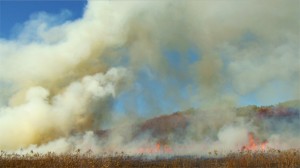

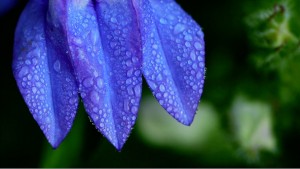
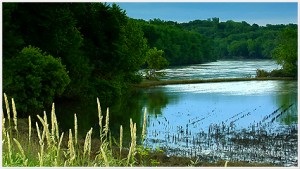

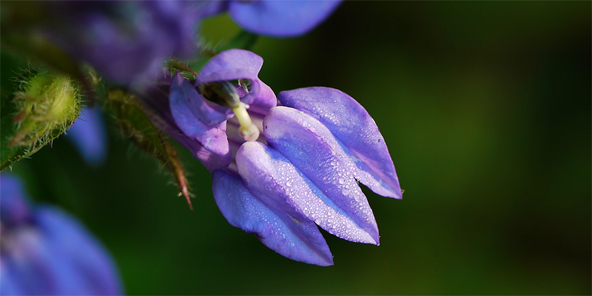
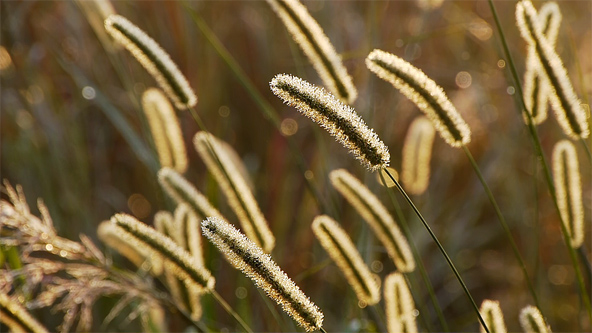
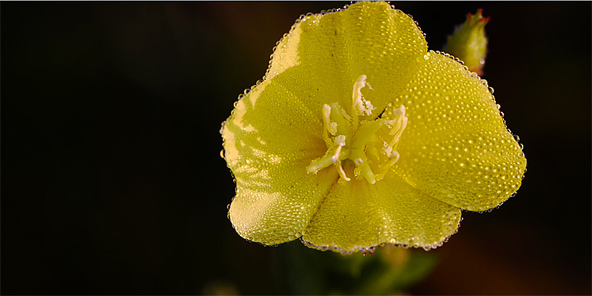
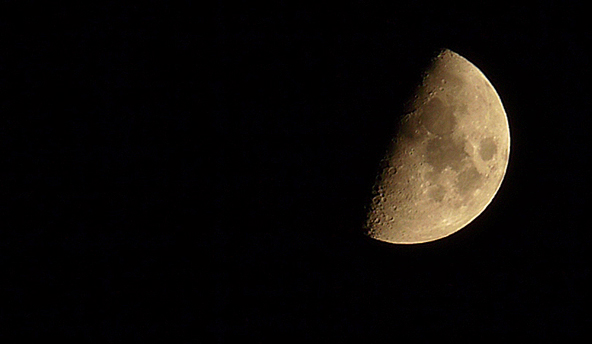
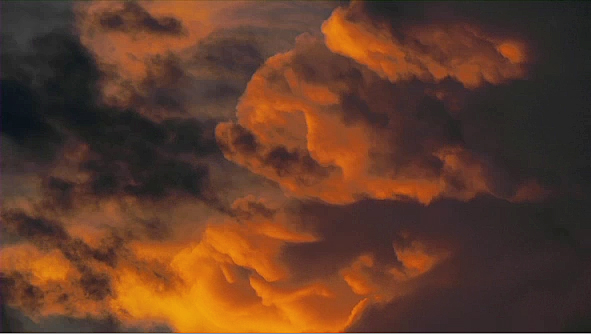

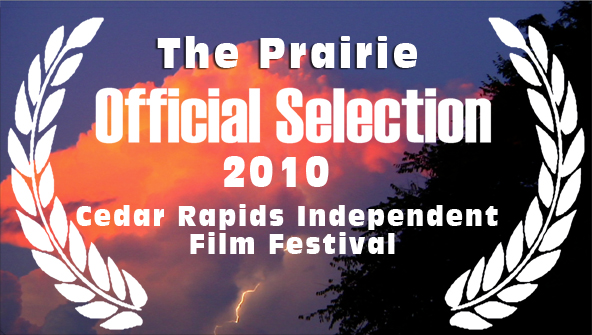




Photographing The Beautiful Iowa Woodland Wildflowers
What was once a land of grasslands, immense prairies and undeveloped savannahs, Iowa has experienced vast changes over the last one hundred and fifty years. In spite of the drastic human development, the woodlands remain the most enduring remnants of Iowa’s biological population. In early spring, the woodlands seem to explode with life layer by layer. The first Iowa woodland wildflowers begin peeking through layers of fallen branches and dead leaves. These spring woodland flowers are some of the most colorful and abundant.
The first to bloom, usually in April, are the light pink-white or blue Hepatica, white Bloodroot that “bleeds” a reddish-orange liquid when the stem is broken, white Trillium, pale pink or white buttercup-like Rue Anemone (Wind Flower) and the aromatic drooping Dutchman’s breeches. Early May brings out the nearly hidden maroon flowers of Wild Ginger, Common Violets in yellow, white and violet shades, the blue petal Virginia Bluebells and the nearly stem less white Dog-tooth Violet. Mid-May starts showing the bluish-lavender flowers of Jacob’s Ladder, white and lavender Virginia Waterleaf (named because of the spots on the leaves), and the favorite Jack-in-the-Pulpit pale green flower with the inflorescent center.
Wildflowers in such vast quantities capture the attention of photographers that film nature more than almost anything else. Nothing can surpass the beauty that nature itself supplies for us. Massive fields are beautiful as photographs just as they are, or as backdrops for photo shoots especially of children or for weddings. Each individual flower is beautiful. Often these pictures are seen on postcards or greeting cards. Nothing needs to be added inside to make these a special gift in itself.
If interested in photographing wildflowers at their best, it is imperative to have certain basic equipment. The standard 35mm camera is a must. Adding a close-up lens or macro-lens is preferred for a better outcome. Some nature photographers prefer the 105mm macro lens and others prefer the 50 or 55mm macro lens. The perfect lighting for nature video or still photography is essential. At noon the bright sun will wash out the petal colors, so early evening or morning is the most opportune time for catching the warm colors that pay tribute to the blues, reds and yellows of the petals. Often times a cloudy day is perfect since it serves as a light diffuser. Although natural light is the most ideal, if that is not possible, an electronic flash will sometimes be a good alternative. If it is possible to backlight or sidelight the flowers, it will bring out a radiant glow accentuating the venation in the leaves and petals. Holding the camera steady is nearly impossible, so the use of a tripod or a bean bag to steady the camera is best. When photographing an individual flower you must get down close and personal to the flower to get the best possible picture. Focusing directly at the center of the flower will make sure the brilliantly focused flower, which is your main subject, is accentuated by a blurred background. However, at high magnifications, the depth of field, which is the depth of the image that is in sharp focus, is very shallow. So make sure the most important part of your flower is in sharp focus. Oftentimes when filming Iowa woodland wildflowers there has to be a compromise of a small enough aperture to have all the flower in focus but large enough so that you are maintaining a blurry background to make the flower stand apart. The wind can be a major obstacle in trying to get the perfect picture. Increasing the shutter speed on your camera will help alleviate that problem. If the light is dim, you may have to increase the ISO of your camera to accomplish that.
Fortunately, the tall trees that canopy the wild flowers are the last to leaf out. Once they are in full leaf, they block out the sunlight that is necessary for the wildflowers to survive. Regrettably, this marks the end of their season and the Iowa woodland wildflowers disappear until the beginning of the next spring thaw.